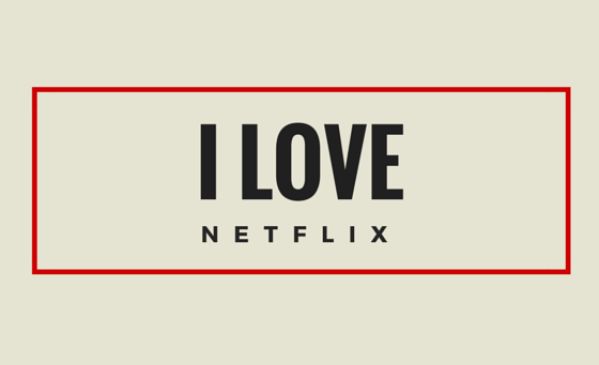Sometimes brands can help people feel certain emotions, emotions that may even be only tangentially related to the products themselves. Brands can create tremendous appeal by linking to or promising desired emotions.
For instance, people long for freedom. Brands that offer people freedom tend to be in demand. Consider the appeal of the USA’s promise of freedom and opportunity for all of its citizens. Or think about why Occupy Wall Street is such a powerful brand for some people. It focuses on freeing the US government and its citizens from undue corporate influence. On the other side, the Tea Party focuses on freeing US citizens from an over controlling government.
Harley Davidson promises freedom of the road along with the comradeship of kindred spirits. Besides being a campaign to transform Marlboro from a feminine cigarette to a masculine one, The Marlboro Man was created to be a symbol of independence. In part, it was designed to make post-adolescent youth declare their independence from their parents.
At a slightly more tactical level, as consumer dissatisfaction increased with the creation of new airline fees, Southwest Airlines launched its very successful “Freedom from Fees” campaign. For decades, the Jeep brand has been linked to freedom, authenticity, adventure and passion.
Think about all of the strongest positive emotions that people could have and then determine to which of those emotions you could link your brand to its greatest advantage.
The Blake Project Can Help: The Emotional Connection Workshop
Branding Strategy Insider is a service of The Blake Project: A strategic brand consultancy specializing in Brand Research, Brand Strategy, Brand Licensing and Brand Education






3 comments
Sandra Pickering
February 6, 2014 at 10:05 am
Yes, emotions are the key to building strong brands and brand owners need to carefully select the ‘best’ emotional associations based on 1. their brand vision 2. customers’ needs and 3. competitors’ emotional territories.
Serge
February 8, 2014 at 6:21 pm
Valuable point!
Emotions can be very powerful branding tool. And as you said, freedom is a good example of that emotion that can conquer everyone’s mind. So, the lesson is: pick a powerful “win-win emotion” and link it to your branding strategy. That should definitely work!
Great post, thanks a lot!
Rick S. Pulito
February 16, 2014 at 7:16 am
Emotions are the core drivers behind what we do. We rationalize our emotionalism. The issue for marketers is when too many divergent brands lay claim to one broad emotional heart set. Example: how many ads on Super Bowl Sunday played off American nostalgia? The supposition being that American viewers are, at their heart, attached emotionally to flag waving, traditional American values such as helping those in need, building community, uniquely American foods, the cliche of the small American farming town, yellow labs and golden retrievers running free with horses and pickup trucks down a dirt country road…
The problem exists when you have everyone from breweries to fast food to cars to trucks to motorcycles to deodorant to laundry detergent to you name it, all claiming to be the brand that delivers “everything that America always promised you that you could have”. After the third or fifth rendering of the same emotional pitch, the consumer gets confused, agitated and stops buying in. The result: a very expensive emotional turnoff.
My point: Be unique. Harness the senses to establish an idiosyncratic fit between your brand and the consumers’ inner-more desires, played out in a way that creates aspiration through inspiration. Avoid the easy (cheesy) shots. Too much of any emotion dulls the senses and fosters disbelief, leading to disassociation, and ultimately disaffection with your target market.
Comments are closed.